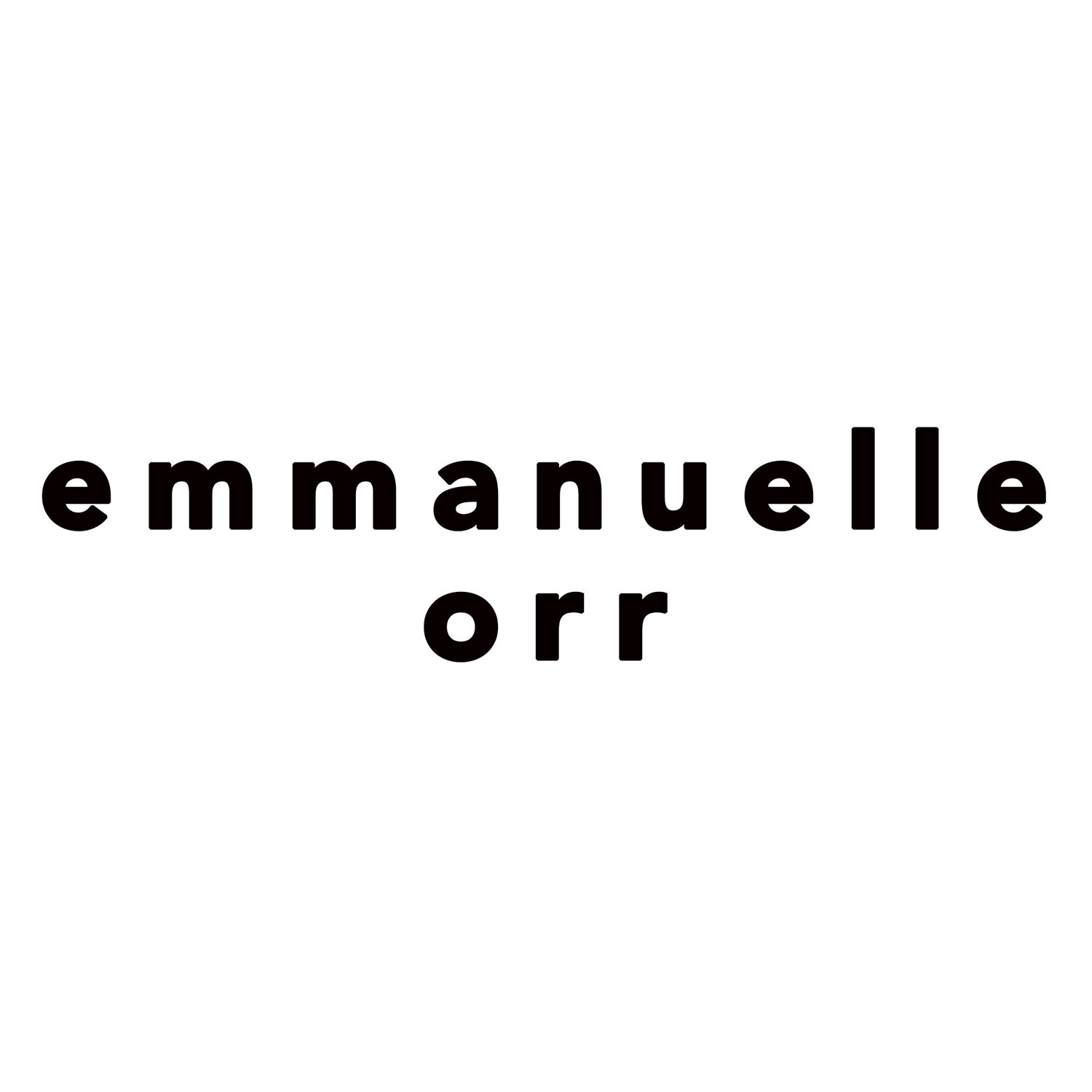Icons
In my previous blog post, I listed a few ways in which women are underrepresented in the fields of art. This week, I wanted to talk a bit more about the women artists who have shaped me .
From Yoko Ono in the 60s to Sarah Lucas and the “Ladettes” culture of the YBA and beyond, the last 60 years have seen a number of women artists defining themselves as feminists, reclaiming their own bodies and giving a voice to women, often challenging other systems of oppression (based on race, sexuality, class) at the same time. There is a lot to explore and a lot to say on the subject, and many have written about it more eloquently and more definitely than I have- from activist essays to artist interviews and history of art through a feminist lens ( as an intro to feminism in the arts, I recommend Charlotte Mullins’ book “A Little Feminist History of Art”).
My vision of feminism is resolutely plural. I think that there are as many stories to tell as they are women in the world. Feminism isn’t one vision, one identity, one set of characteristics, but a multitude of different experiences, that overlap and differ in places; because of this, my vision of feminism is inclusive and intersectional, irreductible to specific events or characteristics which may mark someone as a woman or not. And feminism can go from the most political, engaged positioning to being almost oblivious to itself. Simply existing in a man’s world can be a political statement in itself.
So here are a few women whose vision and talent I admire, and who have inspired, surprised, moved or impressed me. My little summary of their works don’t seek to do justice to them, so please look them up and learn more about them; I am simply highlighting some works that made a mark on me, and how these women, these works shaped my own world.
Nan Goldin.
Nan Goldin’s photography showed a version of life that resonated a lot with teenage me. She took pictures of her friends and herself, looking moody on beds, kissing, laughing, wearing full drag in NY cabs, fighting and making up, getting high and drinking, living. Her photographs predated my teenage years and twenties by a few years, and our lives were very tame in comparison, but she made me see that not following the norm could be worth it, both for the connections and friendships made along the way, but also as a creative path. Not only did I feel a kinship with her and her friends through these photos, her work brought the underground in focus, made vulnerability into a strength and elevated candid, intimate photos of her peers to a poignant and haunting documentary of otherwise ignored communities.
Jenny Saville.
My admiration for Jenny Saville is visceral. Bruised lips and blueish skin, folds of skin and scars… nobody can represent women’s bodies and flesh quite as violently and powerfully as she does. In her large canvas, bodies take all the room, not sexual, not idealised, not comforting or conforming, but scarred, injured, faillible and so very human. In a world full of sanitised, airbrushed feminity, her pieces punch you in the gut with their rawness and their realness.
Cindy Sherman.
CIndy Sherman is all of us. With works like “Untitled Film Stills”, she uses her body and her face to create imagined movie scenes, playing out clichés of feminity as seen through the eyes of Hollywood. She focused on soft porn/erotic imagery with works like “Centerfolds/Horizontals“ and her photographs often explore the disturbing side of what it means to be a woman, and capture the multitude of experiences that collectively are seen as womanhood. Feminist, thought provoking, her work often brings into focus the stereotypes of gender roles, and the position of women in society.
Sophie Calle.
A couple of piece by Sophie Calle impressed me a lot when I was a teenager. Firstly the doomed road trip of “Double Bind/No Sex last night”- raw and honest, filmed like a Gus Van Sant movie, it documented the breakdown of her relationship with Greg Shephard, narrated in both their voices, as they made their way through the US. And “the husband”, part of the “True Stories” series was composed of photos and texts detailing her relationship and divorce, like an epilogue to “no sex last night”. I had never known before that life could become a performance in such a way, that the narrative of your own experience could become the art, somewhere between fact and fiction, truthful documentary and staged mise en scene.
There are many others I could have named but these 4, whose work I discovered around the same time, in the mid to late 90s, have probably been the most influential on me, and my development as a woman and as an artist.
In the 90s, after discovering Nan Goldin’s work, I used to take a lot of photos of my friends at parties and dreamt that one day they could become art. This print was based on one of these photos.

